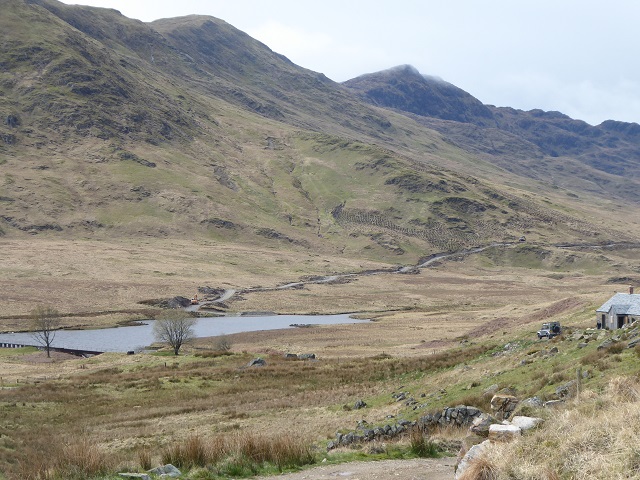
When blogging about the unlawful forestry no access signs on the Drummond Estate north of Callander 10 days ago (see here), I did not have time to feature what lay behind them. Nor about how the Keltie Water hydro scheme (see here) looks six months on.
The new “forestry” road into Glen Chroin
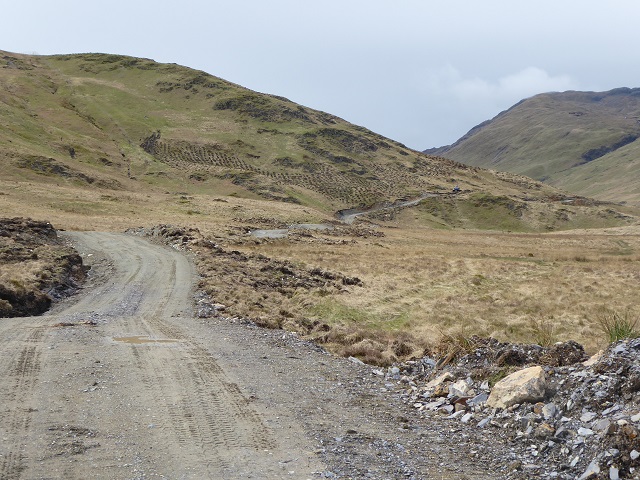

When I got home discovered the new road had been treated as a Forestry track under the Prior Notification system and that “Prior Approval” – not the same thing as full planning consent – had been required by the Loch Lomond and Trossachs National Park Authority. The Application (see here) had been made just before Xmas, a classic tactic by which developers avoid public scrutiny, received not a single comment and was approved by the LLTNPA in January.
There appear to have been just five documents submitted and no justification for the development. No justification was needed because “forest tracks” are currently classed as permitted developments and fall under the Prior Notification system under which Planning Authorities have only very limited powers. The document on the the Park planning portal titled “Supporting Statement” is no such thing – its a covering email for two plans.
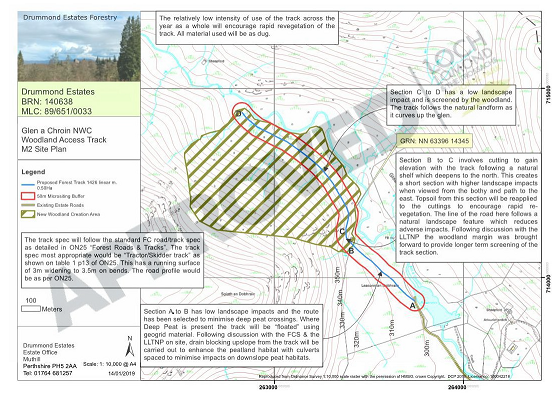
The first plan claims that:
- the first section of road, A to B, before it goes up the hill and enters the new woodland planting, will have low visual impact
- the short section B to C will have some lasting landscape impact because it requires a cutting,and
- the third section of road, C to D, will have a low impact because it follows a natural shelf and will be hidden by trees.
While the construction was not complete when I visited, all three claims appear wrong. A number of cuttings have been made to construct the first section of road:
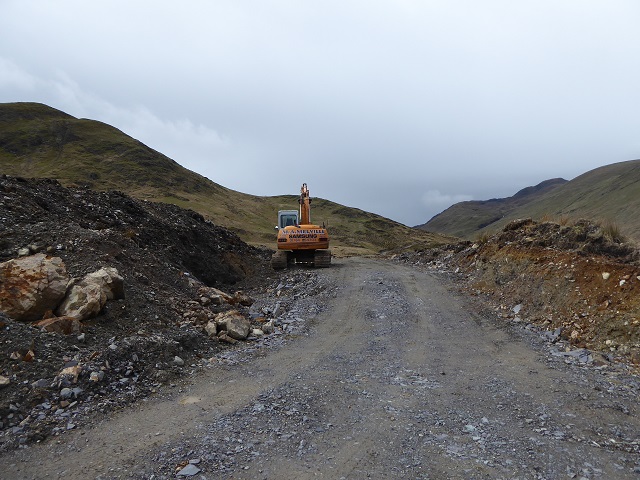
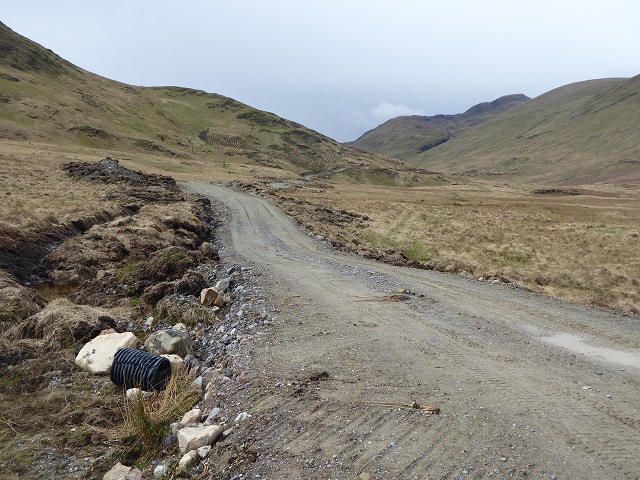
According to the second plan lodged with the LLTNPA NO cuttings were required along this first section of road.

Either the plans for the road were deficient and had not properly assessed the likely landscape impact or the contractor has failed to execute the plans properly.
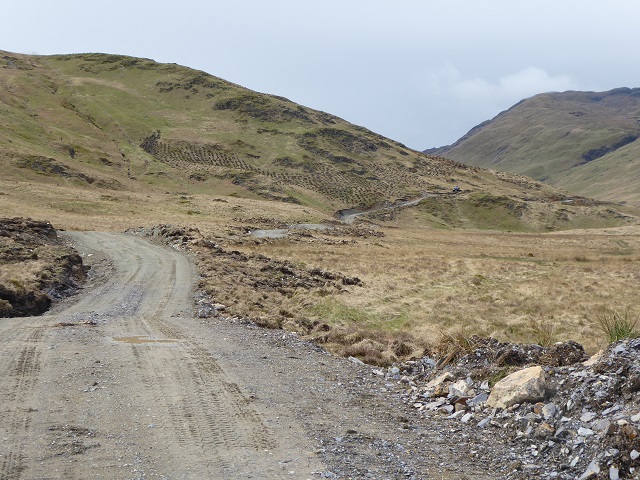
The answer is probably a bit of both. The Planning Officer in their report (see here) on the road indicated that there would be some excavations along the first section and that in order to try and mitigate the ecological impacts of the drainage ditches on the peat (which has been dumped along the edge of the road), ditches elsewhere would be blocked.
Prior approval was given for a road which is 3m wide (3.5m at the bends). This accords with “Forestry Standards”. For hydro schemes the LLTNPA’s normal standard – its not been consistent in either setting or enforcing these – is for roads 2m wide (2.5m) at bends. So, why does it allow a different standard for forestry? That is an inconsistency that it needs to tackle in its Trees and Woodlands Strategy which is currently out for consultation (see here). The wider issue here is that Forest Standards would appear to be NOT fit for our National Parks or National Scenic Areas.
The argument from the forestry industry, which is behind the lack of regulation, will be that large roads are needed to plant and extract timber. Actually, that need not be the case. The Glen Feshie estate has been demonstrating both how trees can be planted without permanent new roads (the much much larger native woodland scheme behind Killiehuntly is one such example) and how timber can be extracted with smaller machinery. This new plantation is small enough NOT to have required a new road to plant it.
The wider issue, however, concerns management and use of land. Why is a National Park facilitating the creation of what is predominantly a new sitka plantation, albeit one screened by native trees, in a fine and previously unspoilt Highland Glen? With the Scottish Government’s new target to plant more trees, there is a real risk that we end up with far more plantations like this in the wrong place. It would have been far more appropriate lower down the glen. The LLTNPA, as part of its new woodland and trees strategy, needs to agree a spatial plan for new woodland, including where forest plantations such as this should be located. If it doesn’t the predictable consequence will be a spate of ugly new forest roads to follow the spate of ugly new hydro roads.
Unusually, the name of the landowner, Lady Jane Willoughby de Eresby, was on the application form for prior approval. Lady Jane certainly has all means necessary to ensure that all work on the Drummond Estate is carried out to the highest possible standard. She is on the UK’s rich list (see here). I hope the planner, who in her report “recommended that the landscape restoration measures are reviewed immediately after construction to ensure that any additional necessary measures are carried out in a timely manner and that the width and style of the track is secured through condition” is already on the case and will be supported by her bosses to ensure that Lady Jane coughs up whatever is necessary to restore the damage that has been done in her name.
The Keltie Water hydro scheme
Its almost nine months since I expressed disbelief that the LLTNPA could have proposed the Keltie Water hydro scheme, which lies just below the new forestry road, for a Scottish Planning Quality award. Part of the reason for this was because of the obvious detritus left on site. A Freedom of Information request then established that the Park’s Director of Planning had visited the site before it was nominated for an award and must have been fully aware of it. After the adverse publicity, which helped scupper the award, one might have hoped that the Director of Planning, the LLTNPA and Lady Jane Eresby would have been shamed into taking action. Not a bit of it! Over six months later the detritus is still all there.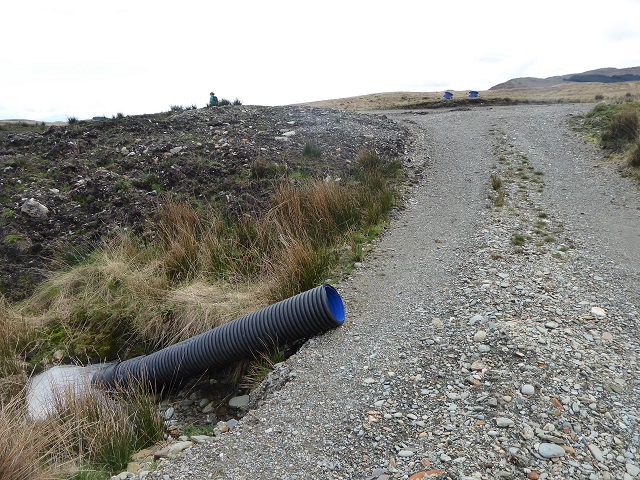
Culvert pipe exactly where it was six month ago – meantime the edge of the track had eroded further
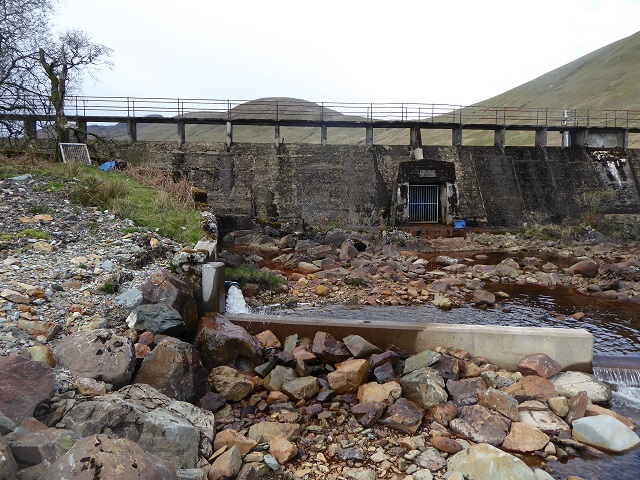
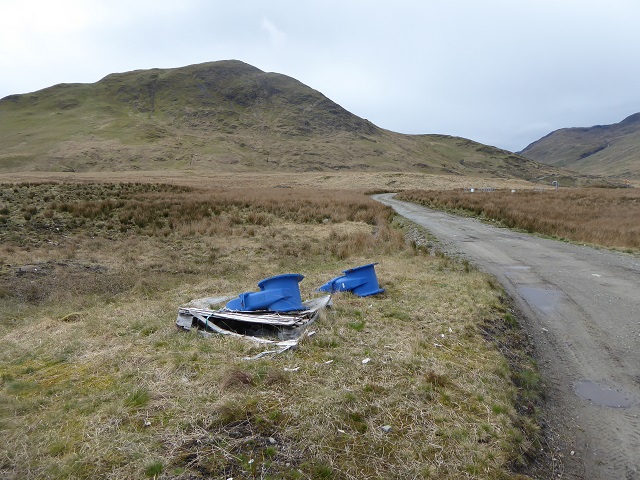
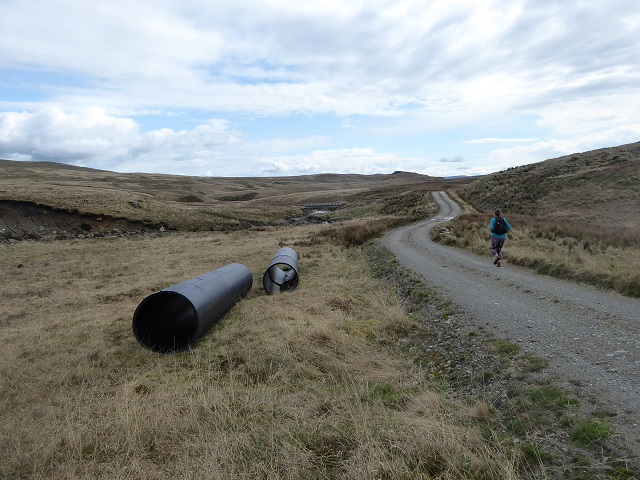
The whole point of National Parks is that they should act as special guardians of the landscape and wildlife and, where development takes place, ensure this is to the highest possible standard. The public should NOT need to be reporting bits of abandoned pipe and the like for the LLTNPA to take action. We should be able to rely on their professionalism. Sadly, that is not the case. It appears that the only way to get the LLTNPA to act is to submit a formal complaint and I will now do so.
I don’t believe individual frontline planners are responsible for this situation. I suspect most would like to be more professional, its what they were trained to do after all. They are, however, given far too little time to ensure development is delivered to the appropriate standards. They are also under constant pressure, because of Scottish Government targets, to approve the next planning application in very short timescales. There is also no leadership. When the Park’s Director of Planning fails to see abandoned junk from developments as an issue, its not surprising that frontline staff are unable to enforce even the most basic of standards.
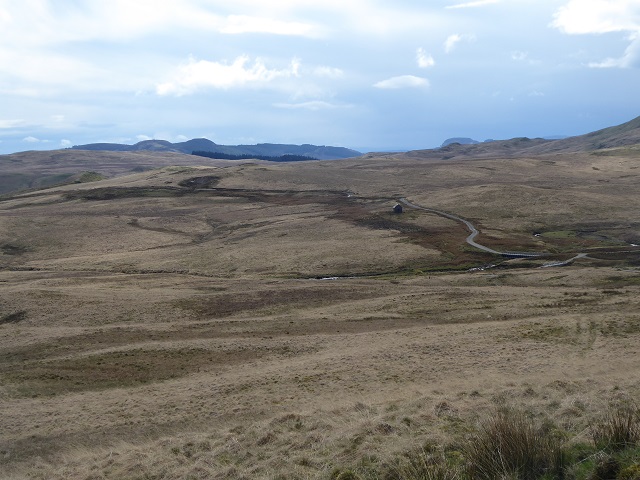
What hope for those aspects of developments which are likely to have a more permanent impact on the landscape, whether forestry or hydro?
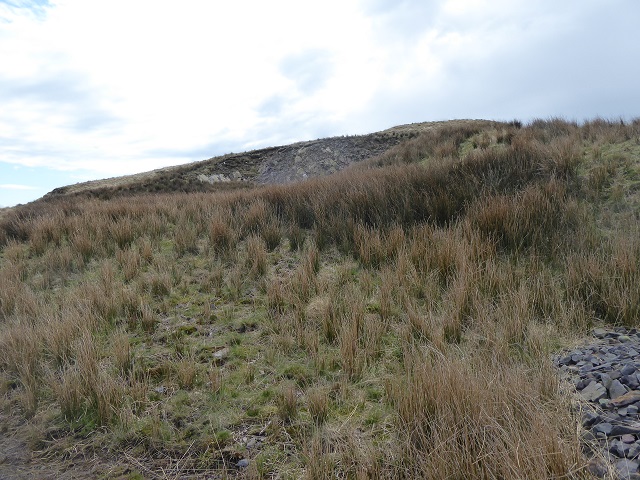
What needs to happen
This is a National Park which is failing in its basic statutory purposes. Its well past time that the LLTNPA Board commissioned an independent review into how well the Planning System has protected the landscape and ecology of the National Park, particularly in relation to the hydro scheme developments that have been approved in the last ten years. If they fail to do so, the Scottish Government should step in and arrange this.
This is very sad. A. lovely, little-known, Highland glen has been ruined. The view up Gleann a Chroin to Beinn Each was a miniature classic. Our heritage continues to be degraded by rich, dishonest and selfish landowners. This is the same estate that attempted to ban cyclists from using the old drove track across to Glenartney.